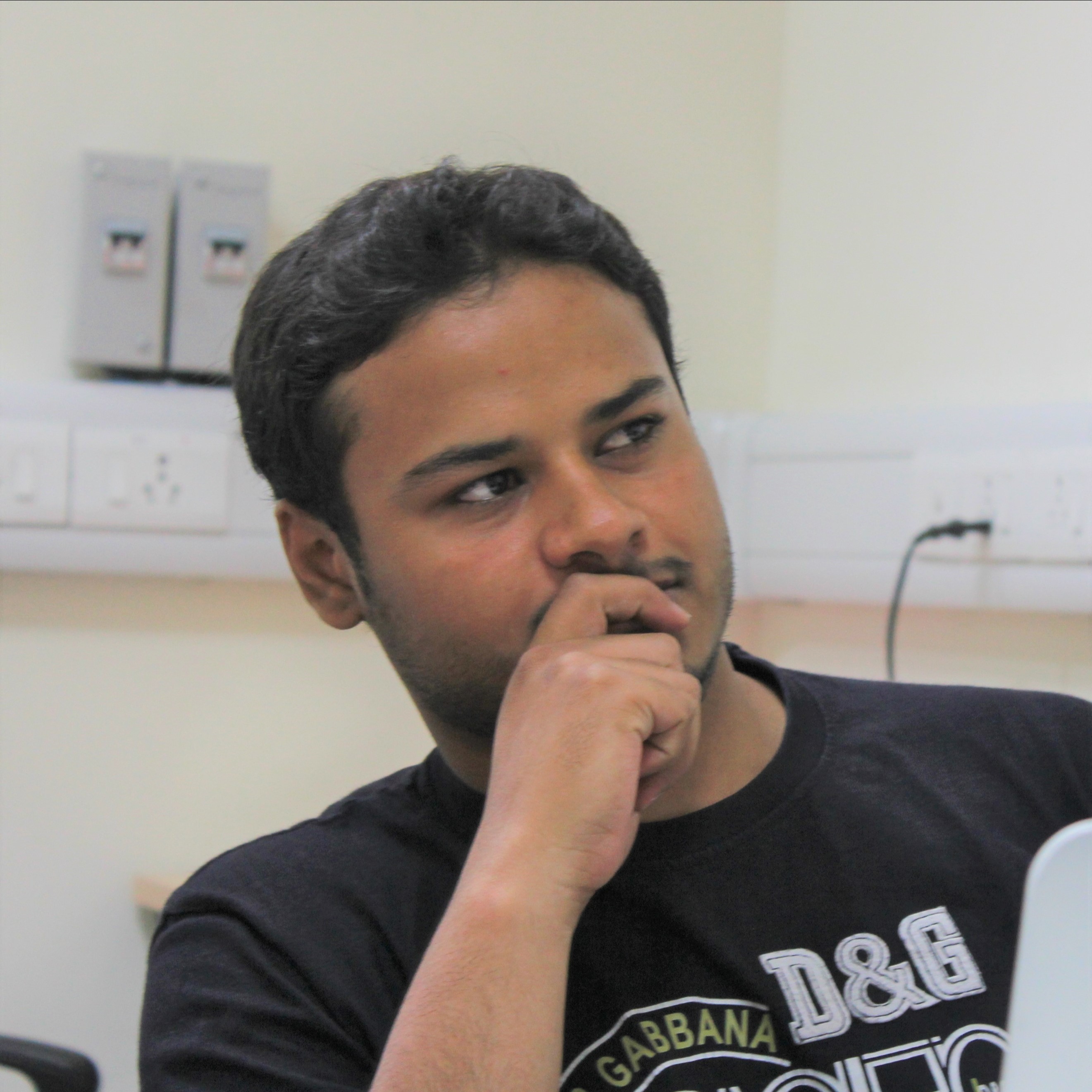What are the molecular and cellular characteristics of immortal organisms? Can we mimic them?
Image credit: Muzina Shanghai

Please leave the feedback on this challenge
Necessity
Is the problem still unsolved?
Conciseness
Is it concisely described?
Bounty for the best solution
Provide a bounty for the best solution
Bounties attract serious brainpower to the challenge.
Creative contributions
The curious case of Turritopsis dohrnii

Please leave the feedback on this idea
Can we learn from exceptionally long-living plants?
[1]Flanary, B. E., & Kletetschka, G. (2005). Analysis of telomere length and telomerase activity in tree species of various life-spans, and with age in the bristlecone pine Pinus longaeva. Biogerontology, 6(2), 101–111. https://doi.org/10.1007/s10522-005-3484-4
[2]Song, J., Logeswaran, D., Castillo-González, C., Li, Y., Bose, S., Aklilu, B. B., Ma, Z., Polkhovskiy, A., Chen, J. J.-L., & Shippen, D. E. (2019). The conserved structure of plant telomerase RNA provides the missing link for an evolutionary pathway from ciliates to humans. Proceedings of the National Academy of Sciences, 116(49), 24542–24550. https://doi.org/10.1073/pnas.1915312116
[3]J. W. Shay, W. E. Wright, Telomeres and telomerase: Three decades of progress. Nat. Rev. Genet. 20, 299–309 (2019)
[4]J. D. Podlevsky, J. J. Chen, Evolutionary perspectives of telomerase RNA structure and function. RNA Biol. 13, 720–732 (2016).
[5]Shemesh, H., Boaz, B. E., Millar, C. I., & Bruns, T. D. (2019). Symbiotic interactions above treeline of long‐lived pines: Mycorrhizal advantage of limber pine ( Pinus flexilis ) over Great Basin bristlecone pine ( Pinus longaeva ) at the seedling stage. Journal of Ecology, 108(3), 908–916. https://doi.org/10.1111/1365-2745.13312
Please leave the feedback on this idea
Not immortal, but very very old shark

[1]https://link.springer.com/article/10.1007/s00401-020-02237-4?fbclid=IwAR13IuRKKXPCW17Aq3mAaqPv_GXp0owqr8TlejSdAys58-GFqJwJzpDjUOk
Please leave the feedback on this idea
Elephants are more resistant to cancer compared to humans

[1]https://www.ncbi.nlm.nih.gov/pmc/articles/PMC4858328/#:~:text=Compared%20with%20other%20mammalian%20species,apoptotic%20response%20following%20DNA%20damage.
Please leave the feedback on this idea
The immortal flatworm

Please leave the feedback on this idea

Please leave the feedback on this idea
The senescent cells in a naked mole rat are metabolically less active and cannot overcome oxidative stress

[1]Zhao Y, Tyshkovskiy A, Muñoz-Espín D, Tian X, Serrano M, de Magalhaes JP, et al. Naked mole rats can undergo developmental, oncogene-induced and DNA damage-induced cellular senescence. Proc Natl Acad Sci [Internet]. 2018 Feb 20;115(8):1801–6. Available from: http://www.pnas.org/lookup/doi/10.1073/pnas.1721160115
[2]Kawamura Y, Oka K, Takamori M, Sugiura Y, Oiwa Y, Fujioka S, et al. Senescent cell death as an aging resistance mechanism in naked mole-rat. bioRxiv [Internet]. 2020; Available from: https://www.biorxiv.org/content/10.1101/2020.07.02.155903v1
Please leave the feedback on this idea
Can we learn from Tardigrades?

[1]Jönsson KI, Holm I, Tassidis H. Cell Biology of the Tardigrades: Current Knowledge and Perspectives. Results Probl Cell Differ. 2019;68:231-249. doi: 10.1007/978-3-030-23459-1_10. PMID: 31598859.
[2]Gamma Rays: Horikawa DD, Sakashita T, Katagiri C, Watanabe M, Kikawada T, Nakahara Y, Hamada N, Wada S, Funayama T, Higashi S, Kobayashi Y, Okuda T, Kuwabara M. Radiation tolerance in the tardigrade Milnesium tardigradum. Int J Radiat Biol. 2006 Dec;82(12):843-8. doi: 10.1080/09553000600972956. PMID: 17178624.
[3]Hashimoto, T., Horikawa, D., Saito, Y. et al. Extremotolerant tardigrade genome and improved radiotolerance of human cultured cells by tardigrade-unique protein. Nat Commun 7, 12808 (2016). https://doi.org/10.1038/ncomms12808
Please leave the feedback on this idea
Cancer control in long-lived mammals
[1]Kowalczyk A, Partha R, Clark NL, Chikina M. Pan-mammalian analysis of molecular constraints underlying extended lifespan. Elife. 2020 Feb 11;9:e51089. doi: 10.7554/eLife.51089. PMID: 32043462; PMCID: PMC7012612.
[2]Camps M, Herman A, Loh E, Loeb LA. Genetic constraints on protein evolution. Crit Rev Biochem Mol Biol. 2007;42(5):313-326. doi:10.1080/10409230701597642
[3]Guterres AN, Villanueva J. Targeting telomerase for cancer therapy. Oncogene. 2020 Sep;39(36):5811-5824. doi: 10.1038/s41388-020-01405-w. Epub 2020 Jul 30. PMID: 32733068; PMCID: PMC7678952.
Please leave the feedback on this idea

Please leave the feedback on this idea
Hydra stem cells are immune to changes in the nuclear envelope architecture

[1]Lattanzi G, Ortolani M, Columbaro M, Prencipe S, Mattioli E, Lanzarini C, et al. Lamins are rapamycin targets that impact human longevity: a study in centenarians. J Cell Sci [Internet]. 2014 Jan 1;127(1):147–57. Available from: http://jcs.biologists.org/cgi/doi/10.1242/jcs.133983
[2]Klimovich A, Rehm A, Wittlieb J, Herbst E-M, Benavente R, Bosch TCG. Non-senescent Hydra tolerates severe disturbances in the nuclear lamina. Aging (Albany NY) [Internet]. 2018 May 10;10(5):951–72. Available from: https://www.aging-us.com/lookup/doi/10.18632/aging.101440
Please leave the feedback on this idea
The oldest koi

Please leave the feedback on this idea
Hydra is in an unending growth phase

[1]Dańko MJ, Kozłowski J, Schaible R. Unraveling the non-senescence phenomenon in Hydra. J Theor Biol [Internet]. 2015 Oct;382:137–49. Available from: https://linkinghub.elsevier.com/retrieve/pii/S0022519315003227
Please leave the feedback on this idea

Please leave the feedback on this idea

Please leave the feedback on this idea

Please leave the feedback on this idea
Egg-laying capacity of Lobster (Homarus americanus) increases with age

[1]Cailin Xu, David C. Schneider, Efficacy of conservation measures for the American lobster: reproductive value as a criterion, ICES Journal of Marine Science, Volume 69, Issue 10, December 2012, Pages 1831–1839, https://doi.org/10.1093/icesjms/fss143
[2]Allen, E. (1895). The Reproduction of the Lobster. Journal of the Marine Biological Association of the United Kingdom, 4(1), 60-69. doi:10.1017/S0025315400050773
Please leave the feedback on this idea
Lobster (Homarus americanus) tissues retain telomerase expression

[1]Klapper W, Kühne K, Singh KK, Heidorn K, Parwaresch R, Krupp G. Longevity of lobsters is linked to ubiquitous telomerase expression. FEBS Lett. 1998;439:143–6.
Please leave the feedback on this idea
Modification of telomerase present in somatic cells

[1]https://www.ncbi.nlm.nih.gov/pmc/articles/PMC3370421/
Please leave the feedback on this idea




